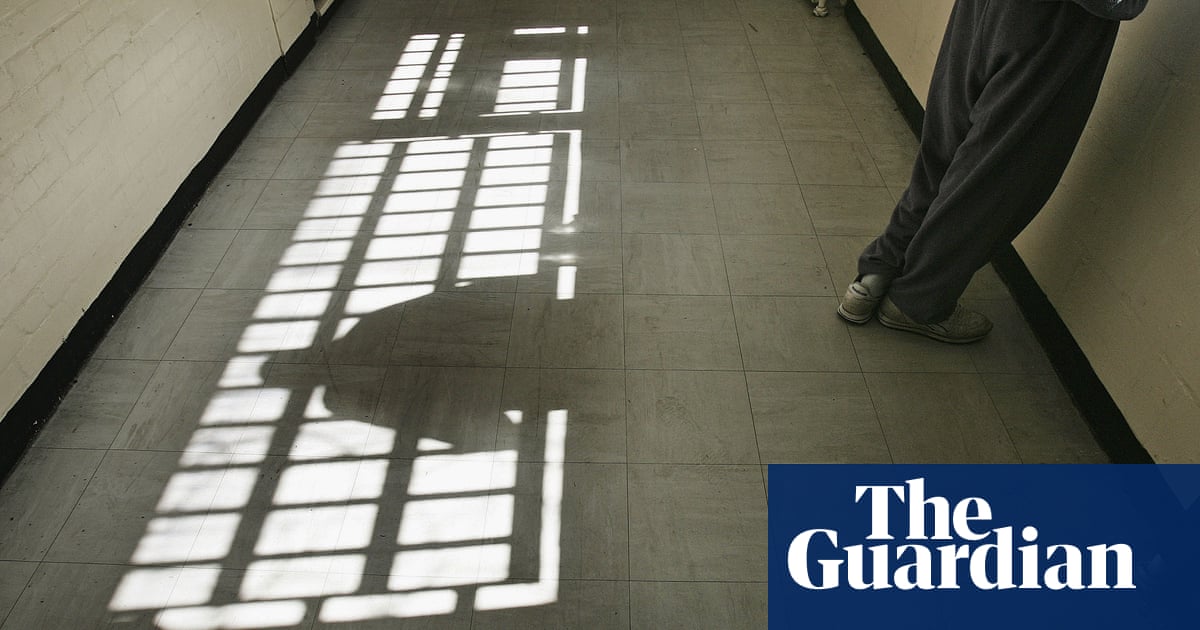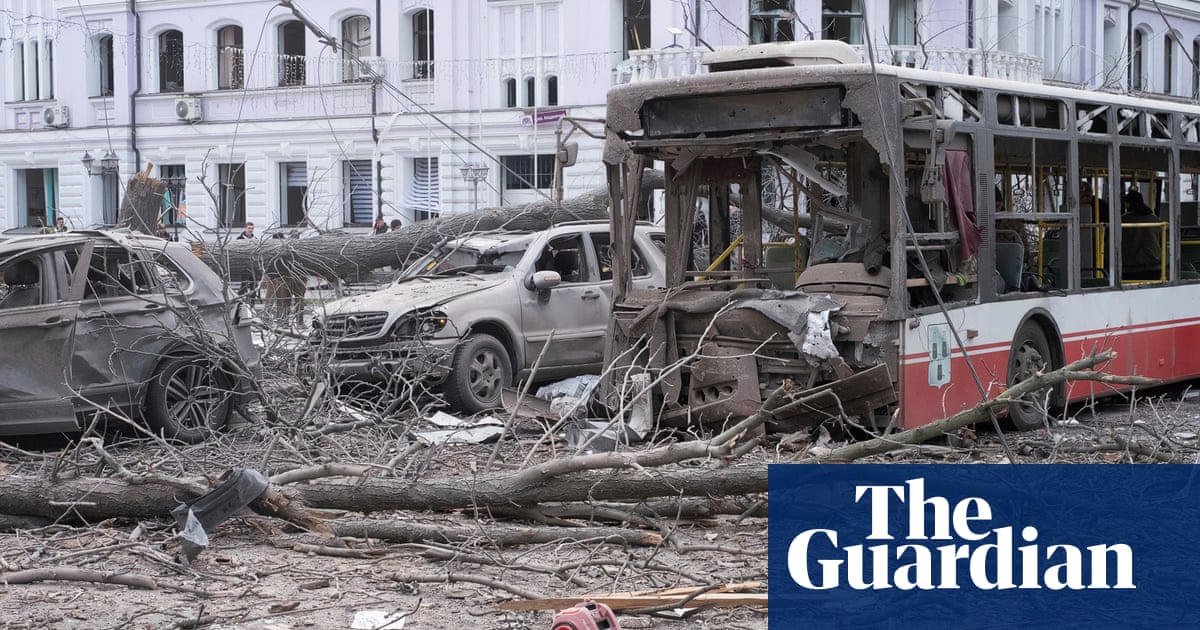Previously unavailable records obtained by the Guardian shed light on the killing of environmental and social activist Manuel Paez Terán during a police operation aimed at clearing out less than two dozen people from an Atlanta-area forest as they protested against a training center planned to be built nearby known as “Cop City”.
The incident was the first of its kind in US history, and Georgia authorities have released scant information about what happened during the police operation two-plus years ago. None of the Georgia state patrol officers involved were wearing body cams, so no video evidence of the shooting exists.
Paez Terán’s death catapulted the broad-based movement against Cop City to national headlines, then in its second year. Apart from the so-called “forest defenders” who camped in the forest, the movement has included efforts at mounting a referendum on the training center, record public participation in city council meetings, lawsuits, numerous protests and environmental and civil rights groups. Police say the center is needed for “world-class” training.
The records appear to confirm that Paez Terán fired a gun at police from inside a tent, as Georgia authorities have stated since the 18 January 2023 incident – and that six officers fired back, filling the activist’s body with 57 bullet wounds, instantly causing death.
But the records also show “a series of events before and during the operation” that made such an outcome more likely, according to a use-of-force expert and veteran police officer consulted by the Guardian.
The expert drew attention to issues ranging from the legal basis underpinning the operation to the shooting of pepper balls into Paez Terán’s tent immediately before gunshots began, as well as national “best practices” in planning such operations.
The records include police planning documents, “crime scene” photos, police deposition transcripts and other parts of the Georgia bureau of investigation’s file on the incident. The state has withheld the file from the public, press and Paez Terán’s family since the incident – even though it cleared the officers involved of any wrongdoing.
But journalists behind a podcast series premiering this week called We Came to the Forest obtained the records, and exclusively shared them with the Guardian.
Details drawn from the records paint a picture that Paez Terán was “not the violent domestic terrorist who shot at police” or “the martyred activist who was assassinated”, said magazine journalist Matt Shaer, who created the series, together with radio and podcast journalist Tommy Andres. “The reality is more complicated and tangled.”
Those details include: about 110 officers from five agencies took part in the raid, 50 from Atlanta, together with a helicopter equipped with an infrared camera, ATV vehicles, and a K9 officer – to clear the forest of about 20 people.
Officers were told they were clearing the future site of Cop City, but the operation took place in a 140-acre public park about a mile away. The activists in the forest were labelled “domestic terrorists” in the operation’s planning document – but only a handful had been arrested and charged with that crime, a month earlier. None have been found guilty, two years later.
The operation’s stated location is important because the future Cop City site was private property, owned by the Atlanta police foundation and leased to Atlanta – so anyone found there would legally have been trespassing. But the park where the operation took place was open to the public and had no signs about trespassing.
Although the operation’s planning document repeatedly calls the activists who were camped in the forest “domestic terrorists”, the only notation under the planning document’s “History of violence/ weapons” category is “[p]reviously attacked officers with fireworks and slingshots”.
Importantly, the document also authorizes officers to shoot pepper balls if they find a protester in a tree house, and that “[t]he pepper ball will not be targeted at the suspect, but at the area around them”. It says nothing about shooting pepper balls into tents. Pepper balls can result in permanent injury, according to research.
Other records show officers received a last-minute change in orders on the operation’s goals, via radio – after they were already advancing through the woods. During the early-morning briefing nearby, they were told to allow any protesters they came across to leave, after checking their IDs. But an unnamed official changed the orders, telling officers to arrest everyone they came across, according to the deposition of Georgia state patrol captain Gregory Shackleford, who is listed on the planning document as the operation’s tactical commander.
As for the shooting itself: ballistics evidence appears to confirm that a bullet that wounded one of six Georgia state patrol officers surrounding Paez Terán’s tent matched a gun belonging to the activist. A hail of gunfire from the six officers followed, causing Paez Terán’s immediate death.
But records also show that it had only taken about three minutes for the encounter between the state troopers and Paez Terán to get to that point. The activist had refused to leave the tent several times and the officers fired six pepper balls into the tent, big enough for one or two people. Then gunfire erupted.
The time element – three minutes – caught Steven D Remick’s attention.
Remick, a retired police officer with 28 years’ experience, current police trainer and expert on police use of force, reviewed some of the records for the We Came to the Forest podcast, and also spoke to the Guardian.
“The thing is, time’s on your side here. No one’s in danger, no one is calling for help. Did they have to fire the pepper balls? Were there other options? Why not get behind some cover, create some distance, and continue to talk to the person?” he said.
Remick speculated that the last-minute change in orders requiring officers to arrest everybody could have played a role in their behavior. “If you’re telling them to arrest everybody without telling them to exhaust de-escalation and communicate with everybody first – depending on the threat – they’re going to rush,” he said.
As for the pepper balls, Remick told the Guardian that officers are generally trained to “know your target and what’s beyond it” – meaning that if they could not see exactly where Paez Terán was, and they were firing into a small, enclosed place, “you can kill or injure somebody, and that’s a pretty significant issue”.
“That doesn’t negate the officers’ right to fire to defend themselves,” he added, “but at the same time, you may have precipitated [Paez Terán] shooting by ignoring protocols on the use of pepper balls and not pursuing more communication. You don’t do these things, and there’s a reason why.”
The untruth behind the planning document’s stated rationale for the operation – removing protesters from land that was private property – also bothered Remick. “That’s a huge liability,” he said.
Similarly, preparing more than 100 officers in the operation’s planning document to come upon “domestic terrorists” without establishing the basis for the label is also a liability, he said. “You can’t just go into a forest and say, ‘We’re arresting everybody for domestic terrorism.’ You have to tell officers in the plan – these people, at this time, were involved in this activity.”
As for why no one will ever be able to see what happened that day in the forest: “One of the things that bothers me most is that every group [in the operation] didn’t have at least one body cam. That’s another planning error … Why didn’t they think of that?”
The podcast also features the voices of some of the people from the Stop Cop City movement, and what brought them to defend the forest southeast of Atlanta.
Reflecting on the activists, Shaer, the journalist, said: “I’m not sure I’ve ever believed in anything as much as them. The energy and life it gave them, the resolve they showed … People came to the forest and built a miniature city – it didn’t work forever; but it worked for a while. There’s something to admire there.”

.png) 2 months ago
43
2 months ago
43













































